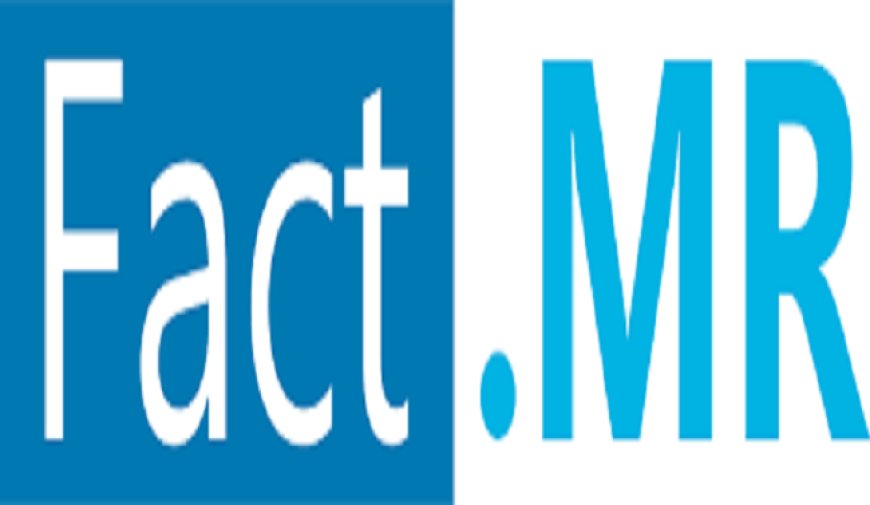Rising Adoption of Function Generators in Aerospace, Automotive Sectors Boosting Market
The global function generators market was valued at US$ 1.53 billion in 2022 and is projected to reach US$ 2.4 billion by 2032, growing at a year-on-year (Y-o-Y) rate of 6.25%.

The global function generators market was valued at US$ 1.53 billion in 2022 and is projected to reach US$ 2.4 billion by 2032, growing at a year-on-year (Y-o-Y) rate of 6.25%.
Function generators are essential test and measurement devices used to generate various electrical waveforms, such as sine, square, triangular, and sawtooth signals. These devices are widely employed across industries such as electronics, telecommunications, automotive, and aerospace for testing and designing circuits. The versatility of function generators makes them indispensable for applications ranging from educational research to advanced industrial use. The global market for function generators is experiencing steady growth, driven by increasing demand for efficient testing equipment to support the development of innovative technologies.
Market Insights
The function generators market is witnessing rapid evolution with advancements in technology and increasing end-user requirements. The introduction of digital function generators has revolutionized the market, providing greater precision, functionality, and ease of operation. Portable and handheld function generators have gained significant traction, particularly in field applications where mobility is crucial. Furthermore, the demand for multi-functional devices that can integrate seamlessly with other testing equipment has increased, offering enhanced utility for end-users. These trends indicate a growing emphasis on innovation and customization within the market to meet diverse industry needs.
Future Outlook
The future of the function generators market appears promising, with significant growth potential across various industries. As technologies such as 5G, the Internet of Things (IoT), and advanced automotive systems gain prominence, the need for sophisticated testing and measurement equipment is expected to rise. Function generators will play a critical role in enabling the development and optimization of these technologies, driving their adoption. Additionally, the growing focus on renewable energy solutions and smart grids presents new opportunities for the use of function generators in testing energy systems and components. The market is poised for expansion, with manufacturers focusing on innovation to meet the increasing complexity of testing requirements.
List of Key Companies Profiled in The Report
- Teledyne Technologies
- Rigol
- Tektronix
- Teradyne
- Kikusui Electronics
- Others
Market Growth
The function generators market is experiencing steady growth due to its critical role in supporting a wide range of industries. Electronics manufacturing, one of the largest consumers of function generators, continues to expand as demand for consumer electronics, wearable devices, and smart technologies increases. The automotive industry also relies heavily on function generators for testing and simulating various systems, including sensors, control units, and connectivity solutions. Moreover, educational institutions and research organizations are adopting function generators for practical training and experimental purposes, further boosting market growth.
Market Opportunities
The market for function generators presents numerous opportunities for growth and innovation. Emerging applications in renewable energy and smart grid technologies offer potential avenues for expansion. The increasing adoption of IoT devices and the ongoing development of 5G networks create opportunities for manufacturers to develop specialized function generators tailored to these technologies. Additionally, the growing focus on miniaturization and portability is driving demand for compact, high-performance function generators that can cater to fieldwork and on-site testing. Manufacturers can capitalize on these opportunities by investing in R&D and developing devices that address these emerging needs.
Notable Developments
Recent developments in the function generators market highlight the growing emphasis on innovation and customization. Manufacturers are focusing on creating multi-functional devices that can perform additional tasks such as spectrum analysis and waveform capturing, reducing the need for multiple testing instruments. Advances in user interface design have also made function generators more accessible, with touchscreen displays and intuitive software enhancing usability. Additionally, the integration of artificial intelligence and machine learning in testing equipment is paving the way for smarter function generators that can optimize testing procedures and improve efficiency.
Competitive Landscape
Key players in the global function generators market are adopting strategies such as partnerships, acquisitions, and research and development (R&D) to strengthen their market position. Notable developments in the market include:
In February 2021, Tabor Electronics expanded its Proteus series product line with the addition of RF Arbitrary Waveform Generators. This new series offers high-performance direct digital RF generation, addressing critical needs in aerospace applications.
In January 2020, GW Instek launched a new series of multi-channel function generators. Among them, the MFG-2220 HM provides a dual-channel signal generator with a maximum frequency range, catering to advanced testing requirements.












